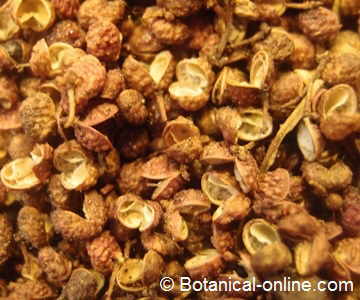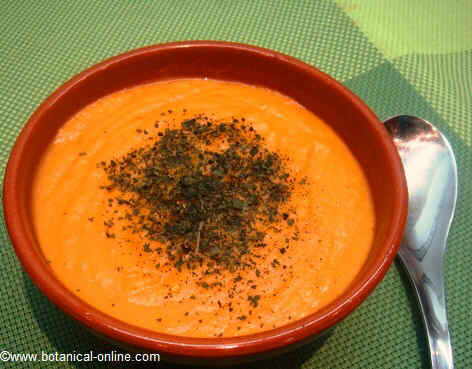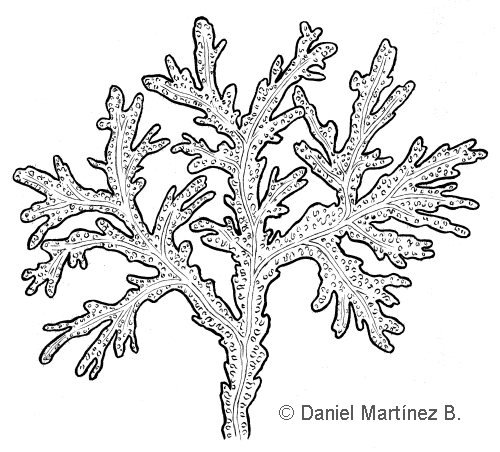Contents
- 1 Characteristics and properties of docosahexaenoic acid (DHA)
- 1.1 PROPERTIES OF DOCOSAHEXAEONIC ACID (DHA)
- 1.2 What is docosahexaeonic acid?
- 1.3 DHA chemical structure
- 1.4 PROPERTIES AND BENEFITS OF DHA IN THE ORGANISM
- 1.5 Vision Health and DHA
- 1.6 DHA for the nervous system
- 1.7 DHA to improve circulation
- 1.8 Obesity, weight looss and DHA requirements
- 1.9 DHA for pregnancy
- 1.10 DHA anti-inflammatory properties
- 1.11 Foods rich in fatty acids DHA
- 1.12 The best way to cook or consume fish
- 1.13 Vegetarian people and DHA
- 1.14 Who can have little DHA?
Characteristics and properties of docosahexaenoic acid (DHA)
PROPERTIES OF DOCOSAHEXAEONIC ACID (DHA)
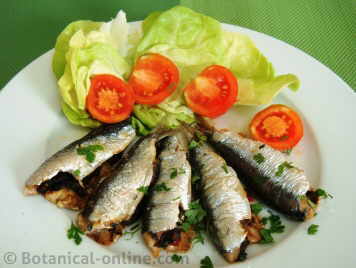
Baked sardines (soft cooking), with parsley. Very rich in proteins and healthy fats
What is docosahexaeonic acid?
It is not classified as an essential fatty acid because the body can synthesize DHA from linolenic acid (omega 3), which is essential. Therefore it is considered semi-essential.
DHA chemical structure
DHA is called in chemistry 22: 6n-3.
The structure of this fatty acid is formed by a chain of 22 carbon atoms containing 6 double bonds. It is represented as C20: 5.
It is also possible to synthesise docosahexaenoic acid DHA from eicosapentaenoic acid or EPA (C20: 5).
The synthesis of EPA to DHA is bidirectional, therefore, a contribution of EPA will propitiate the synthesis of DHA and vice versa.
The chemical molecular formula of docosahexaenoic acid (22: 6) is:
H3C-CH2-CH = CH-CH 2 -CH = CH-CH 2 -CH = CH-CH 2 -CH = CH- CH- (CH2) 2 -COOH
PROPERTIES AND BENEFITS OF DHA IN THE ORGANISM
The effects of the fatty acid DHA, are concentrated in:
Vision Health and DHA
Fat DHA (docosahexaenoic acid) is essential for the regeneration and maintenance of a good state of visual tissues. Concretely it has a great influence on the retina.
It is recommended to eat a diet rich in this component in case of eye diseases, after a sight operation or in people who spend a lot of time in front of computer screens, mobile or tablets (dry eyes).
DHA for the nervous system
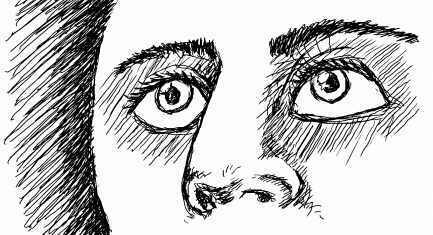
DHA is very important for the eyes and the brain because it constitutes 50% of the fats of the nervous system
Another important function of DHA is its role in the nervous system. This fat is part of up to 50% of the nervous tissue of the brain, so it is believed that good levels of this fatty acid will help improve brain function.
DHA-rich diets are recommended to prevent the occurrence of affections or diseases associated with the central nervous system and its cognitive functions, such as:
- Alterations in character, since it regulates impulsivity.
- Alterations in behavior, such as preventing the occurrence of attention deficit with or without associated hyperactivity.
- Alterations in learning, such as preventing the onset of dyslexia and even autism.
- It improves the synapse or neuronal connection, therefore it is recommended to people with difficulties to study.
- Brain diseases such as depression, headache or migraine, can also have beneficial effects in degenerative brain diseases such as schizophrenia, dementia, Parkinson’s and Alzheimer’s.
- A diet rich in DHA is related with an improvement of depression.
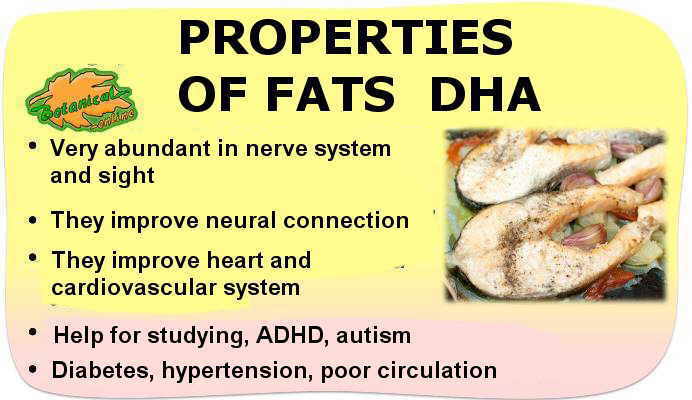
Summary with the main properties of omega 3 DHA. Salmon is one of the richest foods in DHA
DHA to improve circulation
Related with improving circulation, DHA has the same effect as EPA, That is to say, it has hypotriglyceridemic and hypocholesterolemic effect.
A diet rich in foods that provide DHA will help lower levels of triglycerides and bad cholesterol LDL and VLDL in the blood.
One type of diet rich in this component is the DASH diet, used for the treatment of hypertension. The consumption of oily fish (which is the richest food in DHA) has been shown to improve hypertension and other heart problems, especially if it is accompanied by abundant vegetables and legumes consumption.
Obesity, weight looss and DHA requirements
Essential fatty acids DHA are needed during all stages of life, but it is recommended to increase their contribution in case of overweight, obesity and cholesterol problems.
Consuming foods rich in DHA helps prevent both heart and vascular diseases, from arteriosclerosis, to acute myocardial infarction or thrombosis.
DHA for pregnancy
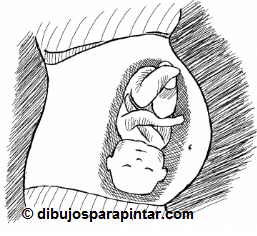
During pregnancy, the needs of the DHA fatty acids are greatly increased.
To obtain the preventive effect of DHA, it should be provided along with a balanced diet, abundant in the feeding of pregnant and nursing, to ensure the proper development of the baby.
But not exclusively, that is, we must provide the necessary amount of this fatty acid in all stages of our life, whether high growth and development, as in the regeneration and maintenance of adulthood.
DHA anti-inflammatory properties
Theoretically, docosahexaenoic DHA fatty acid does not produce anti-inflammatory eicosanoids, unlike other omega 3 and 6 fatty acids: EPA, linoleic acid, linolenic acid and arachidonic acid.
But in the body, the liver is able to transform a part of DHA into EPA (another type of essential fatty acid in the family of omega 3), through bidirectional synthesis.
Prostaglandins, thromboxanes and leukotrienes manufactured from EPA (series 3), have slightly proinflammatory effects (regulators of inflammation), vasodilatory properties and antiplatelet properties in the body. Therefore, intake of DHA may have a positive effect on heart disease and inflammation.
It is possible to ingest DHA directly, since when they are inside the food rich in its content, they turn out to be more bioavailable than in the form of vegetable omega 3 (linolenic acid) and therefore, better and more easily absorbed and used by our organism than when is ingested through supplements.
Foods rich in fatty acids DHA
Foods rich in DHA are only of animal origin, as these fatty acids are produced by animals. The best sources are fatty fish:
- Blue fish such as salmon, tuna, sardines, mackerel, etc.
- Fish oils (cod liver oil)
- krill oil
- Functional foods, that is to say, products enriched with omega 3, specifically with EPA and DHA: eggs, dairy, margarine, etc.
The best way to cook or consume fish

During pregnancy, the needs of the DHA fatty acids are greatly increased.
To keep all of your omega-3, fish should be eaten properly.
Burning the fish or frying it degrades its healthy fats. Nor is it recommended to eat normally smoked salmon, which is very rich in carcinogenic nitrosamines, nor canned fish, which contains a lot of salt.
The best way to eat fish is grilled, baked at medium temperatures (below 175 ° C).
Another option is to consume it raw, previously macerated, like ceviche or sushi. To avoid poisoning by anisakis, fish should be frozen 48 hours before being prepared to consume it raw.
Vegetarian people and DHA
There are vegetarian DHA supplements that are extracted from algae concentrates. However, the consumption of algae in the form of food (vegetables of the sea) does not suppose a sufficient intake of DHA.
* More information: EPA and DHA for vegetarians
Who can have little DHA?
Alcohol, taking contraceptives, smoking and a diet with many bad fats decreases the body’s DHA synthesis.
* Related information:
Docosahexaenoic acid supplements
![]() More information on fats.
More information on fats.

